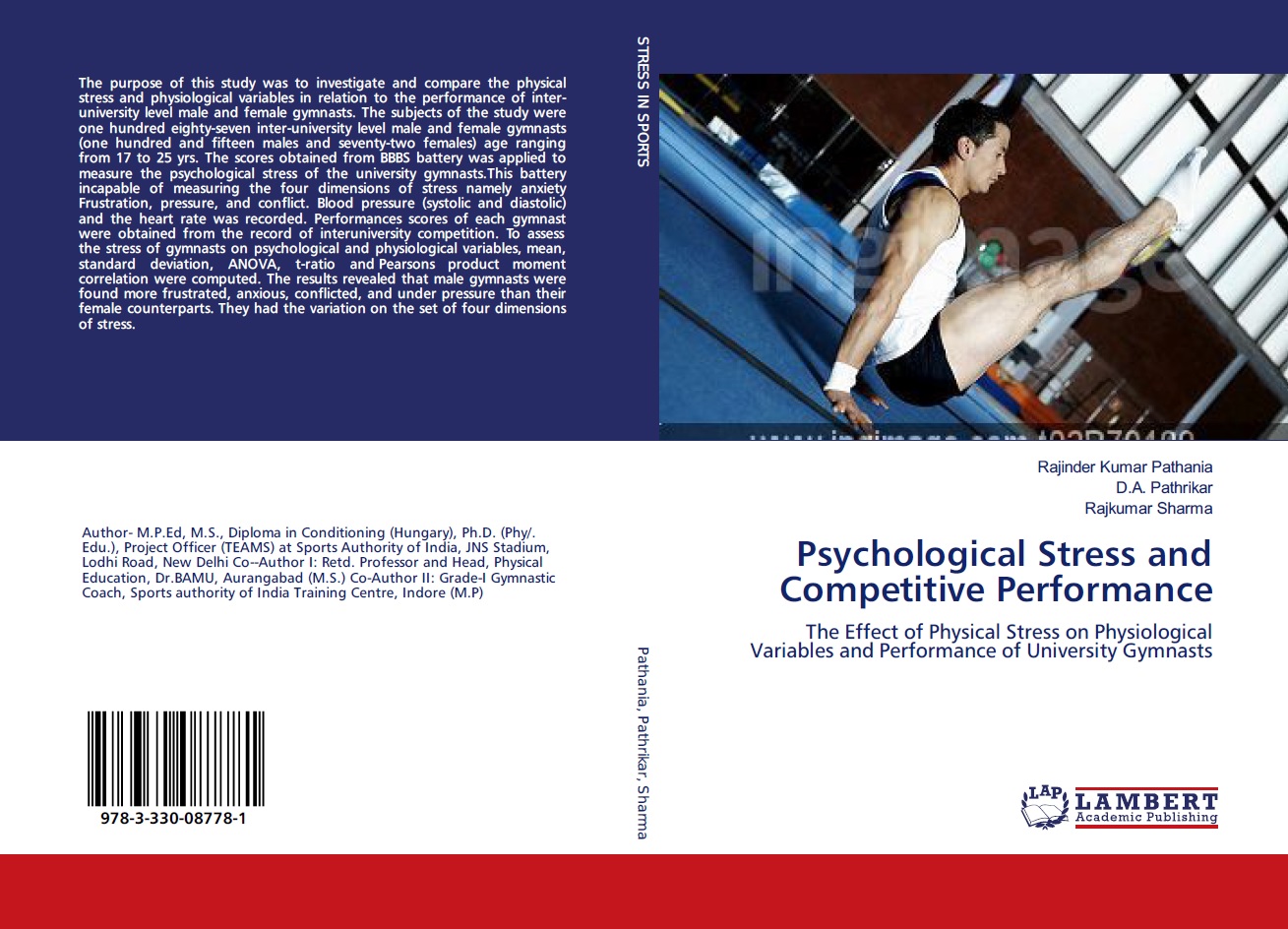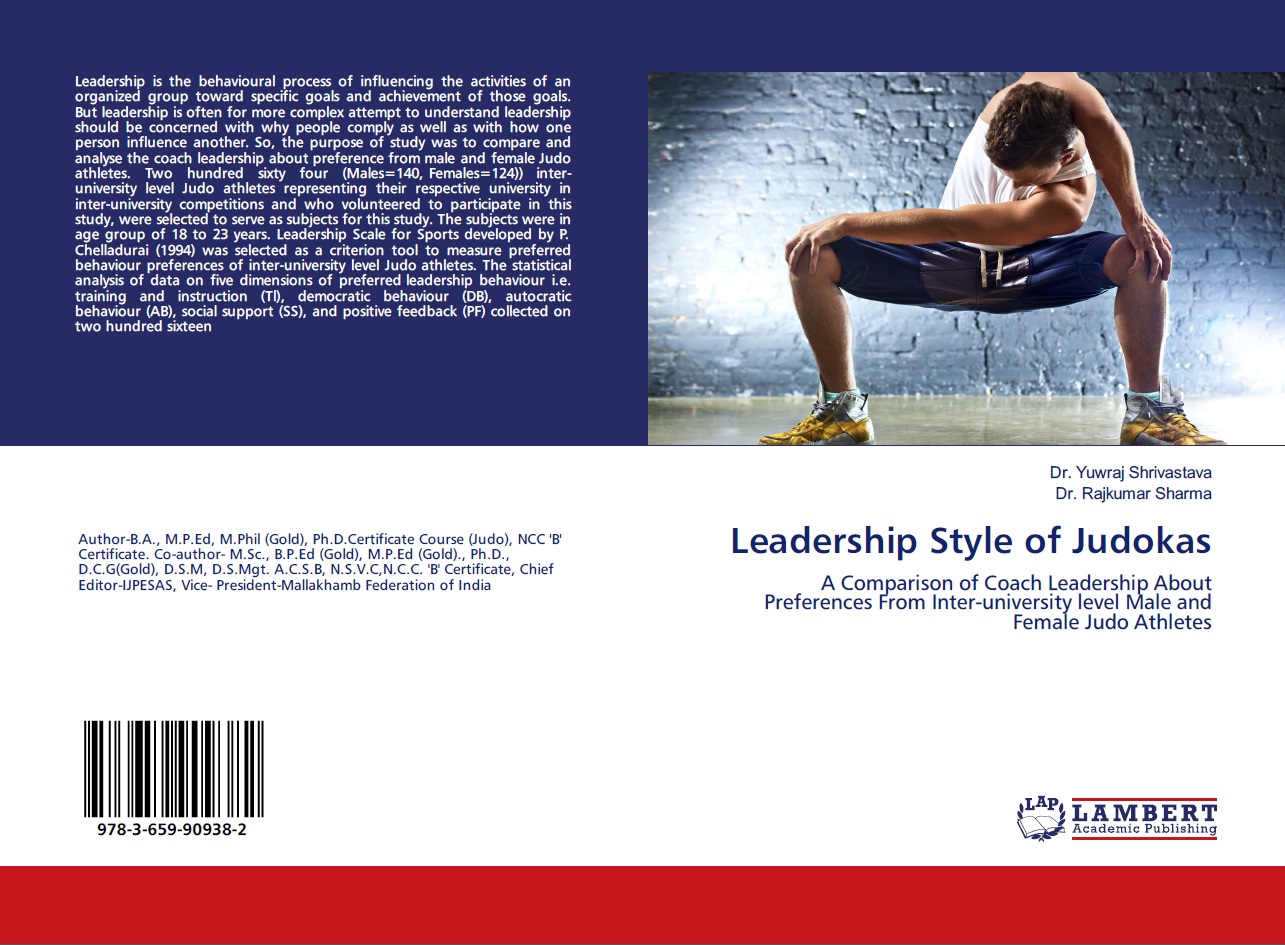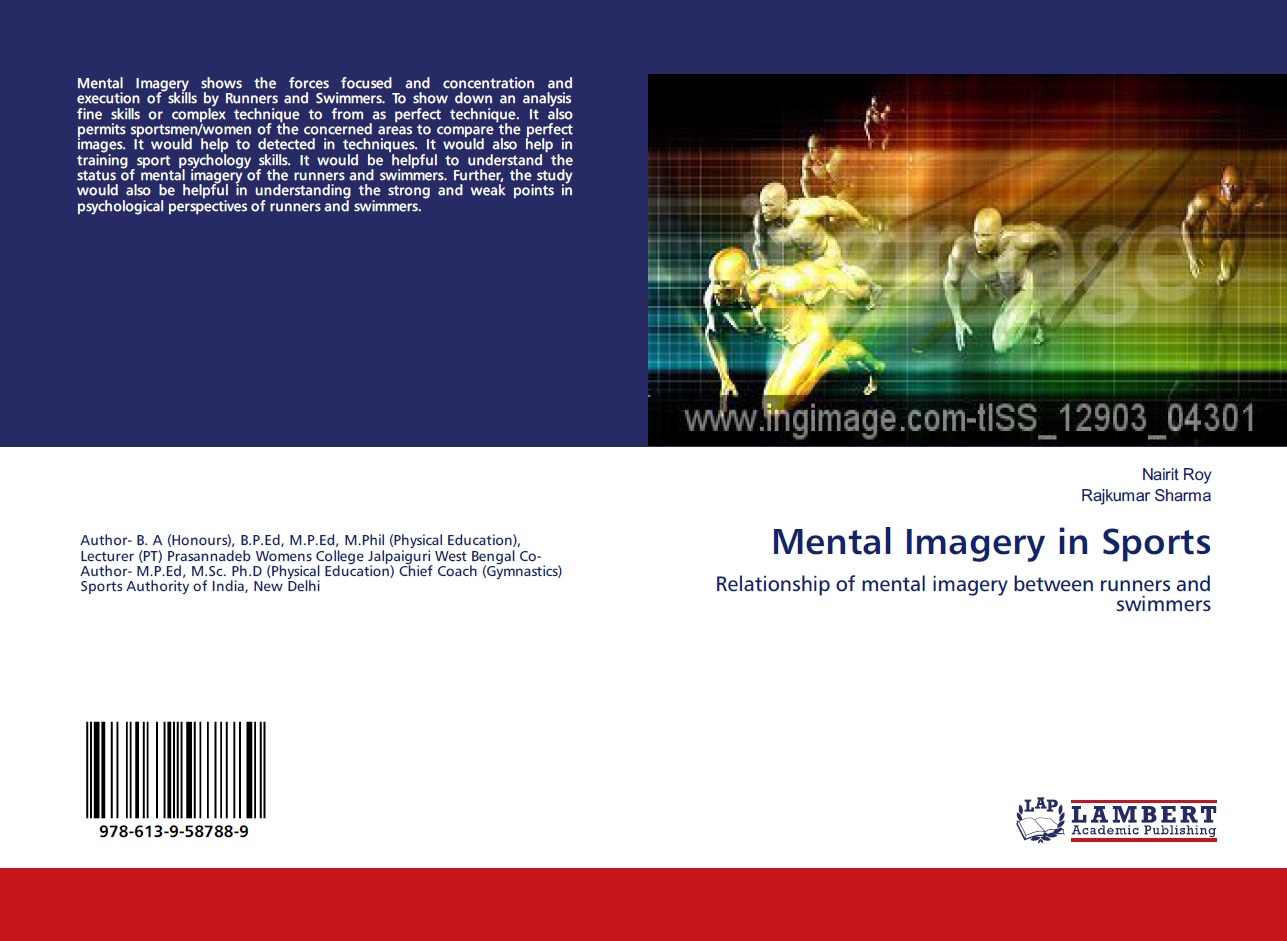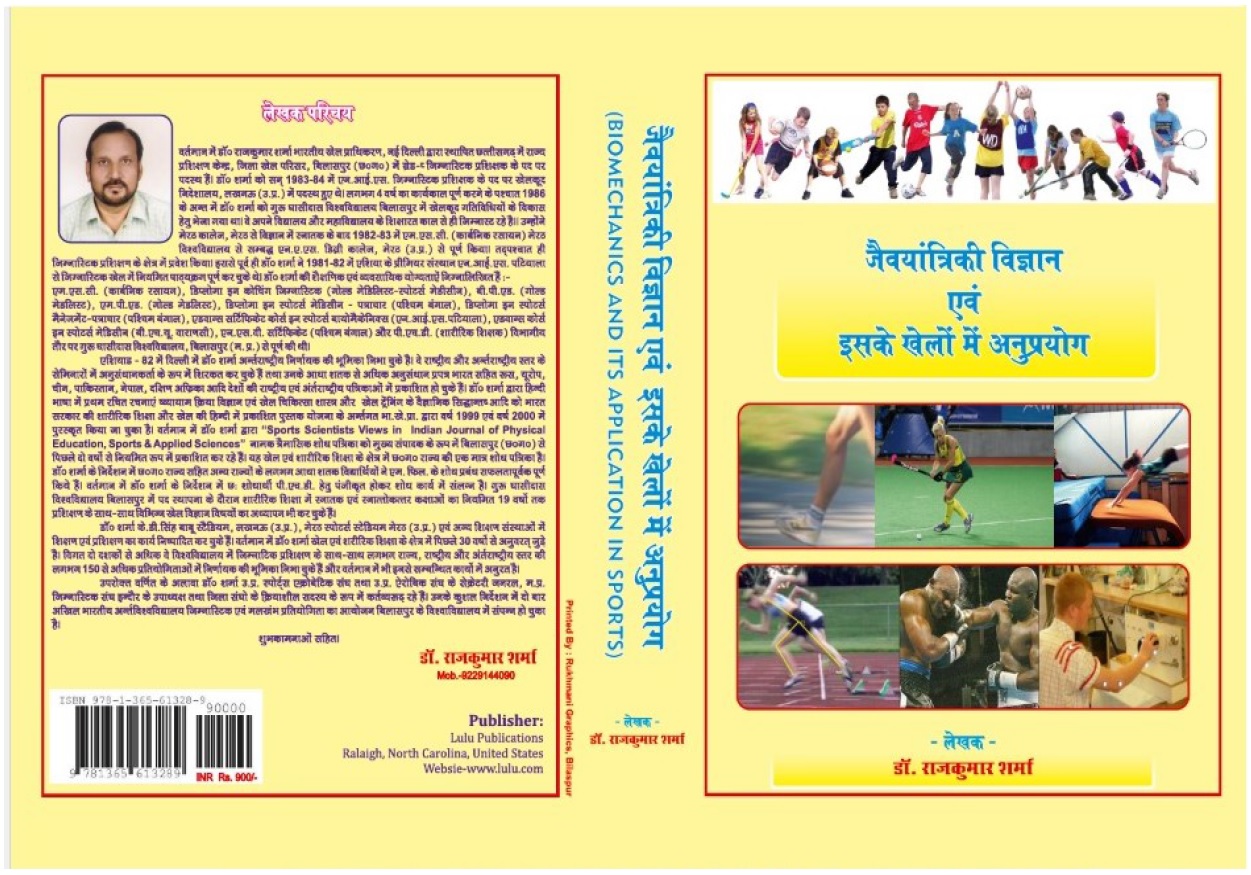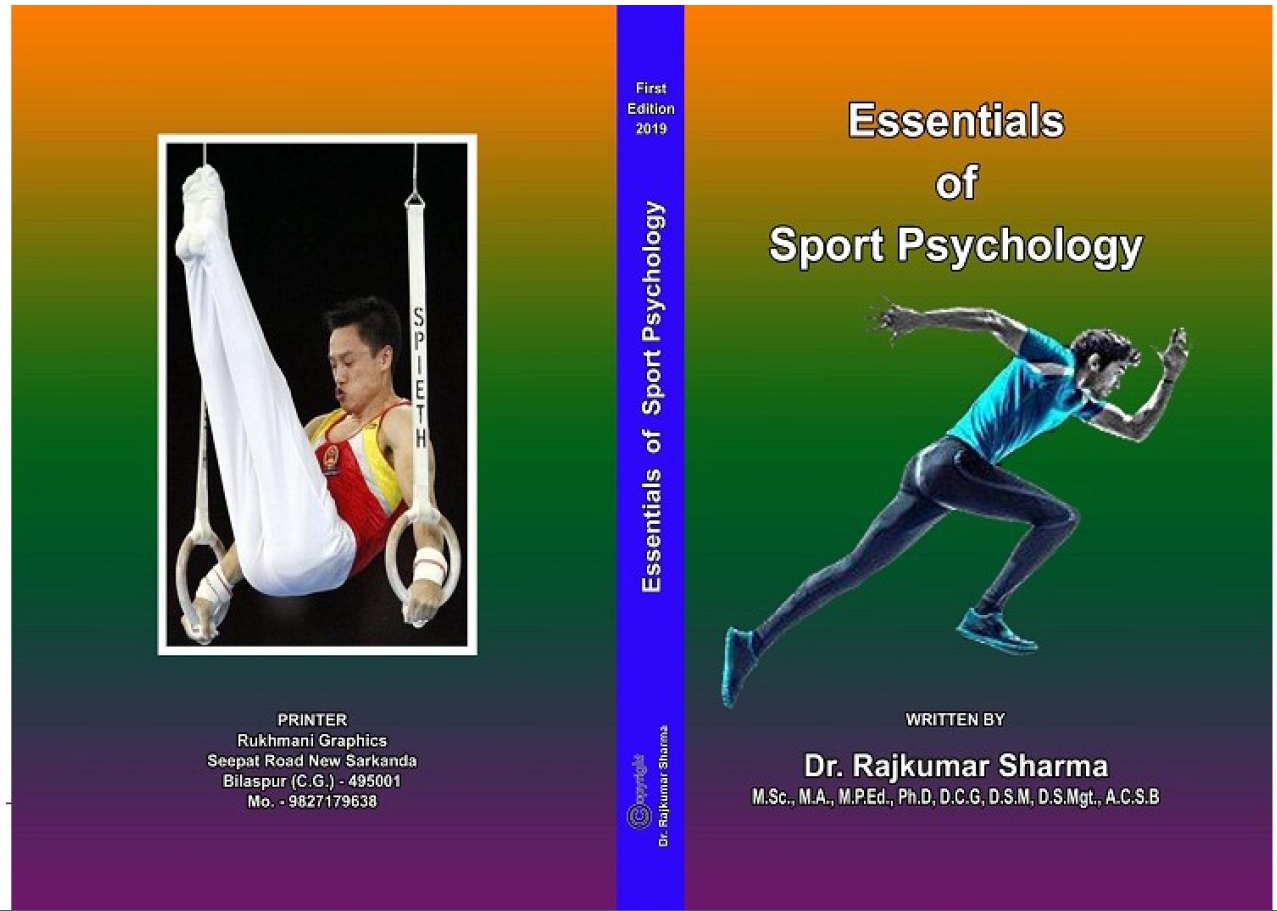| S.No. | Total View Count | Title of Manuscript | Page No | Download/ PDF |
|---|---|---|---|---|
| 1 | ASSESSMENT OF PSYCHOLOGICAL WELL BEING OF SCHOOL CHILDREN Author: Bhagirathi1 and Prof. Dr. R. K. Yadav2 | 25-34 |  7 7 |
Article info
https://doi.org/10.17605/OSF.IO/39CRN
doi no.: 05-2016-44975451, DOI Link :: https://doi-ds.org/doilink/06.2021-95859864/IJPESAS/V11/I2/A4
AFFILIATIONS:
- Research Scholar Department of Physical Education Rani Durgavati Vishwavidyalaya Jabalpur, (M.P.)
- Director and Head Department of Physical Education Rani Durgavati Vishwavidyalaya Jabalpur, (M.P.)
Six Hundred Twenty Seven school children (298 boys and 329 girls) ranging 13 to 18 years of age were assessed for Psychological Well-being. Using Psychological Well-being scale by singh and Choudhary, (2012). This scale consists of five dimensions viz. satisfaction, efficiency, sociability, mental health and interpersonal relations. Data collected were subjected to descriptive statistics (mean and standard deviation), MANOVA followed by ANOVA, followed by Least Significance Difference test of Post-Hoc analysis. Descriptive Analysis of data revealed that Psychological Well-being of boys and girls of age 13 to 18 years was at moderate level. Psychological Well-being of girls of age 17 years, (Efficiency) and boys of age 15 years, 17 years and 18 years have higher Interpersonal Relations. A multivariate analysis of variancedetermine the effect of age and gender on psychological well-being and its sub factors. The indicated significant main effects of age and gender as Wilks’ Lambda= .817, F (25, 2271) =5.074; .953, F (5,611)=5.24, for age and gender respectivelywere significant at .05 level. Analysis of variance with to gender revealed that boys and girls of 13 to 18 years of age differ significantly on efficiency, sociability and mental health. The differences on satisfaction and interpersonal relation were statistically insignificant. Further, one way Analysis of variance according to age revealed that there was significant difference on efficiency, sociability and mental health and interpersonal relations. Whereas the mean differences on satisfaction among these age groups was statistically insignificant at 0.05 level.
Key Words: Psychological Well-being and school children.
References
Edgerton, R.B. (1992). Sick societies: Challenging the myth of primitive harmony. New York: Free Press.
Felicia A, (2009). Psychological Well-being: Evidence Regarding its Causes and Consequences. Applied Psychology: Health and Well-Being, 1(2), 137-164.
Forgas, J.P. (1999). Feeling and doing: Affective influences on interpersonal behavior. Psychology Inquiry, 13, 1-28.
Rutter, M.(1979). Changing youth in a changing society. London: the Nuffield Provincial Hospitals’ Trust.
Ryan, R.M,.andDeci, E.L. (2000). The darker and brighter sides of human existence: Basic psychological needs as a unifying concept. Psychological Inquiry, 11(4), 319-338.
Ryff, C.D., Singer, B.H., and Love, G.D. (2004). Positive health: Connected well-being with biology. Journal of the Royal Society, 359, 1383-1394.
Steptoe, A., Dockray, S., and Wardle, J (2009). Positive affect and Psychological processes relevant to health. Journal of personality, 77, 1747-1776.
Sisodia and Choudhary, (2012). Psychological Well-being scale, India-Agra: National Psychological Corporation .
 admin@sportscientistsviews.com
admin@sportscientistsviews.com

